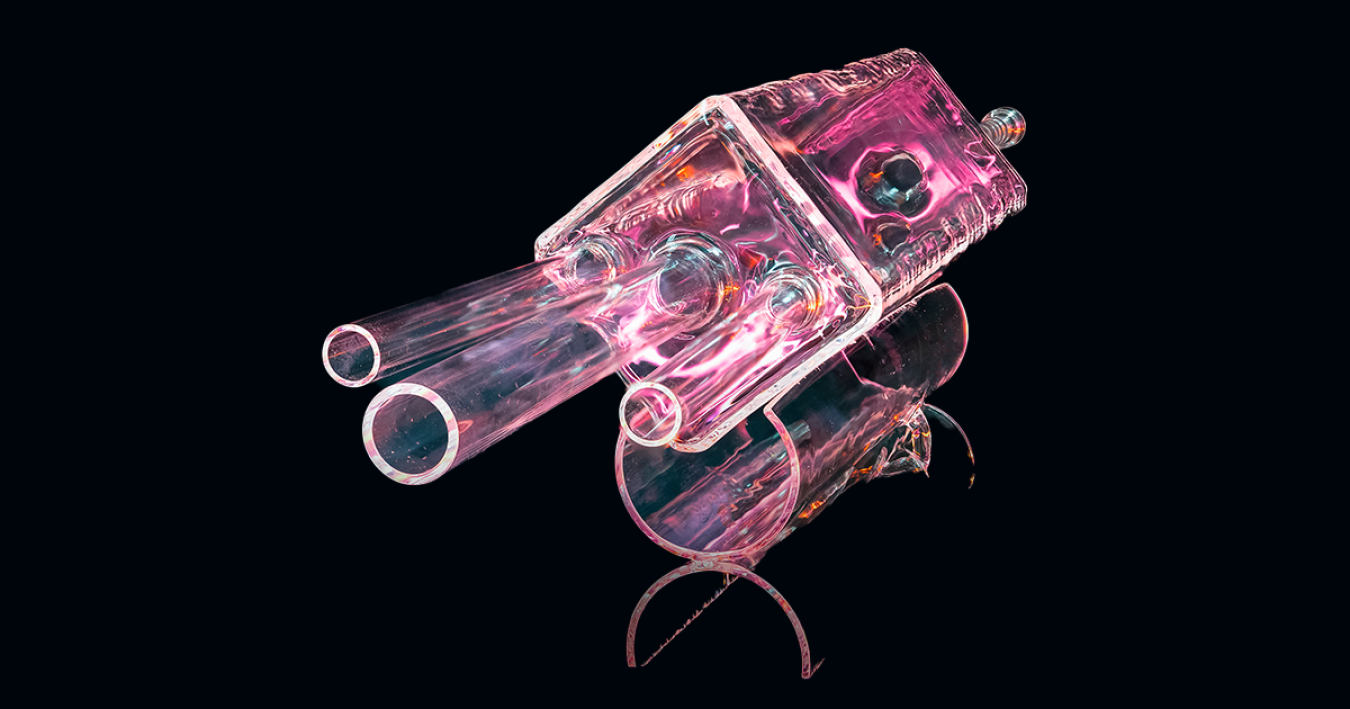Oak Ridge National Laboratory has created its first-ever custom glass test cell to observe how gases behave inside a molten salt reactor.
August 5, 2024

Oak Ridge National Laboratory (ORNL) created its first-ever custom glass test cell to observe how gases behave inside a molten salt reactor.
The test cell will be used to shed new light on the complex chemistry that can occur in molten salt fueled reactors.
The data will be used to help verify existing computer codes and modeling software to better predict their overall performance.
Through the Looking Glass
Molten salt reactors are one of several new systems under development in the United States that could be commercialized early next decade.
Some designs will operate on liquid fuel, where the fissile materials are directly dissolved into a molten salt solution that’s also used to cool the reactor.
Nuclear and chemical reactions from these designs can result in gases that bubble out of the molten salt, which can impact reactor neutronics and thermal hydraulic performance.
To better understand this behavior, ORNL researchers successfully designed and developed a customized glass test cell at the lab’s glass shop that can hold up to one liter of liquid molten salt.
The team then injected small helium and krypton bubbles into the cell to observe how they moved through the column.

The experiment allowed researchers to observe and measure gas bubble velocity, size distribution, and interactions with neighboring bubbles using high-speed cameras — providing unique insights to help improve and validate simulation tools for molten-salt-fueled systems.
“Understanding gas generation and transport in molten salt reactors is essential to optimizing their performance and safety,” said Daniel Orea, ORNL’s lead R&D associate. “This unique glass test cell allows us to overcome certain engineering challenges caused by the high temperature and composition of salt and its two-phase liquid glass system.”
The research project was supported through the U.S. Department of Energy’s Molten Salt Reactor Program that works to accelerate the research, development, and deployment of molten salt reactor technologies in the United States.
Researchers contributing to the research project included Daniel Orea, Joanna McFarlane, and Kevin Robb, along with scientific glass blower Carlos Rodriguez Flores.
ORNL is a world leader in the development of molten salt reactor research, which dates back to the 1960s and its Molten Salt Reactor Experiment that tested the potential use of liquid fuel reactor technologies for commercial power generation.
Learn more about ORNL’s work with molten salt reactors.

